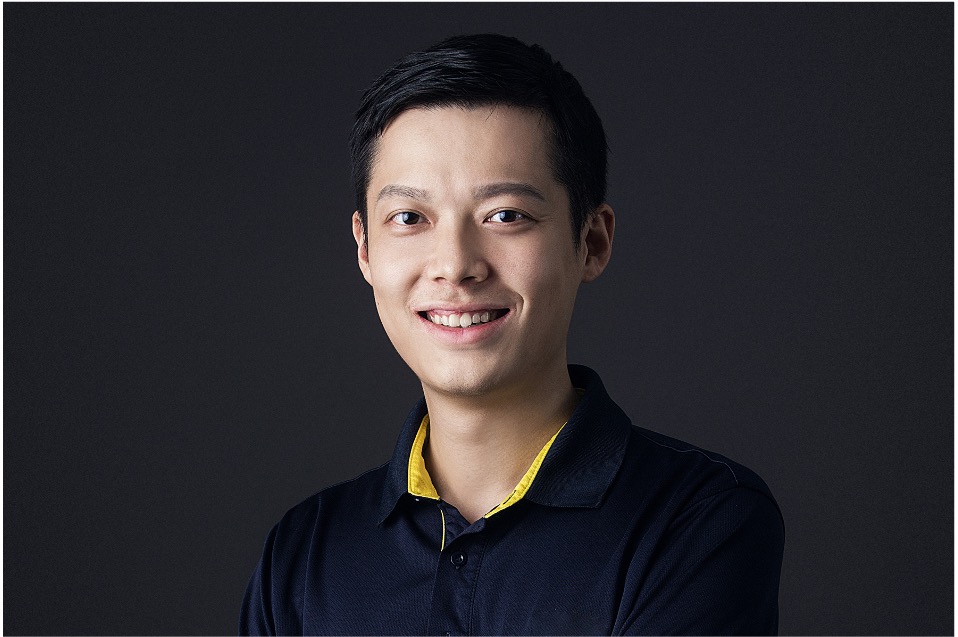 Dr. Chen Ao, Chief Scientist of Spatio-Temporal Omics at BGI-Research
Dr. Chen Ao, Chief Scientist of Spatio-Temporal Omics at BGI-Research
In the ever-changing world of scientific progress, the development of Stereo-seq, BGI's spatio-temporal omics technology, has brought a fresh perspective to our understanding of life. Since its introduction, leading scientific journals worldwide have displayed the practical applications of spatio-temporal omics technology by presenting new findings, such as detailed maps of cells in mice, small fruit flies, and zebrafish.
Dr. Chen Ao, Chief Scientist of Spatio-Temporal Omics at BGI-Research, has led this transformative journey from concept to reality and deepened our comprehension of the spatial and temporal aspects of biology. In this interview, he shares insights into the inspiration behind this initiative, the progress it has already achieved, and the crucial role played by BGI's talent development approach in this major scientific accomplishment.
Question: As the original proponent of spatio-temporal omics technology, what inspired you to embark on the research and development of this technology?
Chen Ao: I am currently involved in two core research and development programs: the first one focuses on sequencing technology, and the second one is centered on spatio-temporal omics technology. BGI has an excellent project management mechanism, which divides projects into exploratory and strategic. Starting as an exploratory project, the research and development of spatio-temporal omics technology originated from a small idea.
Our team has come a long way from developing sequencers and has also been responsible for exploring single-cell sequencing technology. In our continuous research of single-cell sequencing technology, we pondered whether it was possible to integrate biological cells and tissues with chips directly. This way, we could not only understand the molecular information of each cell but also acquire its spatial location information.
When we presented this idea to the leadership, suggesting that we might be able to develop a technology that had not been realized anywhere else in the world, they believed it was worth trying and provided strong support to the startup team.
In this way, we started with the initial principal verification and embarked on the exploration of spatio-temporal omics technology. Ultimately, through teamwork, this small idea became a reality. Currently, the exploration of spatio-temporal omics technology has evolved into a strategic project and will soon undergo industrial transformation.
Question: How do you think spatio-temporal omics technology will advance our understanding of life?
Chen Ao: BGI's spatio-temporal omics technology, Stereo-seq, is a spatial transcriptomics technology with high accuracy and a large field of view, which has advanced the observation of biology to a subcellular level of 500 nanometers. Compared to previous similar technologies, Stereo-seq’s resolution has increased by 40,000 times. It has already demonstrated its value in various life science research areas, such as embryonic development, neuroscience, organ regeneration, and disease.
For example, from the perspective of digital pathology, in the past, due to technological limitations, we were unable to conduct particularly precise stratified management for tumor patients. However, through spatio-temporal omics technology, we hope to conduct multi-omics and multimodal analysis of each tumor cell and its environment in tumor patients, thereby determining which drugs or methods can achieve the best treatment results.
In the field of embryonic development, we have comprehensively understood the cellular evolution process of organ development and formation in mouse organogenesis through Stereo-seq. If this research were conducted using previous technologies, it would require tens of thousands of experiments to map out such a complete and detailed cellular atlas. This achievement was published as a cover article in Cell last year.
In the field of neuroscience, we collaborated with research teams at the Center for Excellence in Brain Science and Intelligent Technology (Institute of Neuroscience) at the Chinese Academy of Sciences and other institutes. By using Stereo-seq to analyze the primate brain cell atlas, we discovered a wealth of new information that could not be found using traditional imaging methods. This is a milestone for interpreting the structure and function of the brains of primates and even humans. This achievement was published in Cell in July of this year.
In the future, after studying the evolution of the brains of mice, macaques, and humans, we will be able to roughly deduce the changes that occurred in each organ during the evolutionary process. Perhaps, through this technology, we can speculate about the next stage of human evolution. I am confident that Stereo-seq technology can provide new insights into humanity's understanding of life.
Question: A group of young scientists started from scratch and have developed a globally leading technology in spatio-temporal omics. Apart from their efforts, what role do you think BGI's unique talent development model has played in this achievement?
Chen Ao: The core of BGI's talent development model is providing more opportunities to young people. Thanks to BGI's innovative approach to education and talent development, a group of young individuals in their twenties and thirties can turn initially fanciful ideas into reality, like we did.
BGI encourages everyone with ideas to validate their thoughts step by step and transform them into concrete results. Additionally, we lead a team of younger talents and encourage them to conceive ideas that may seem fanciful initially. We assist them in realizing these ideas and encourage them to share their insights and reflections both within and outside of BGI.
Another crucial aspect is that the exploration of spatio-temporal omics technology involves multiple disciplines, not only a team specialized in biochemistry but also teams with expertise in algorithms, hardware, and other disciplines, collaborating effectively. BGI assembles talents from diverse domains, enabling us to swiftly form a multidisciplinary and cohesive team dedicated to collaboratively realizing this technological breakthrough.
Moreover, during the development of spatio-temporal omics technology, we received full support from various teams within the BGI Group, which was crucial for us. After developing a technology, making it better applied to basic research and clinical practice requires collaborative expansion by different teams.



